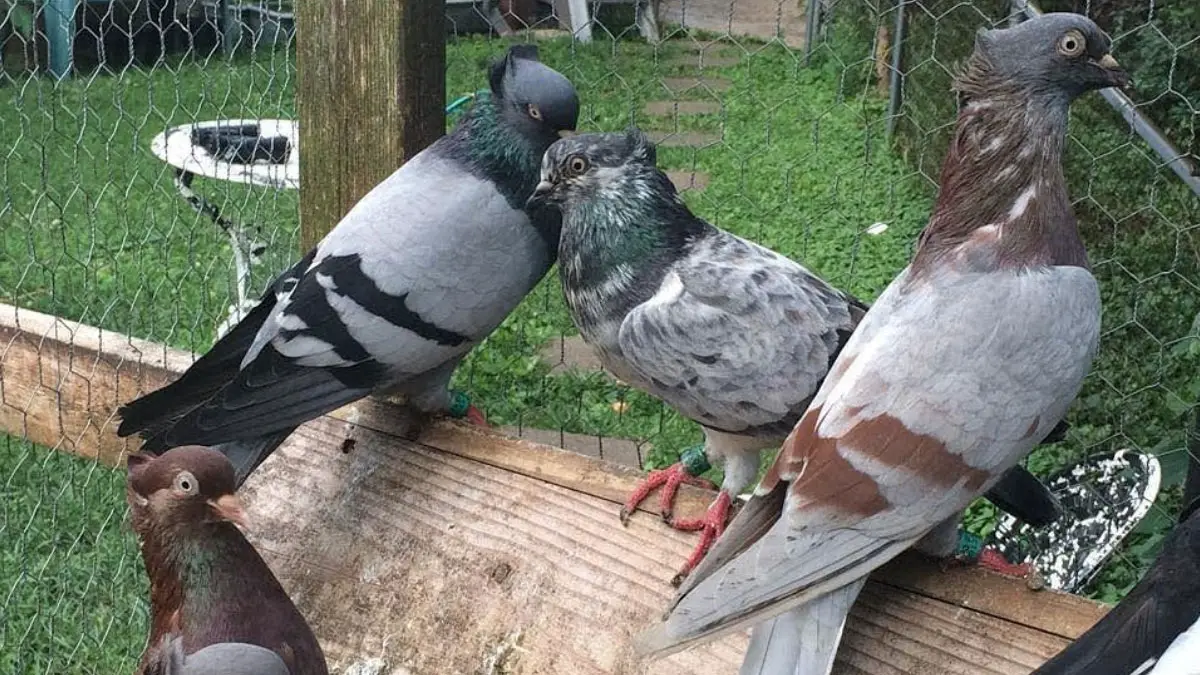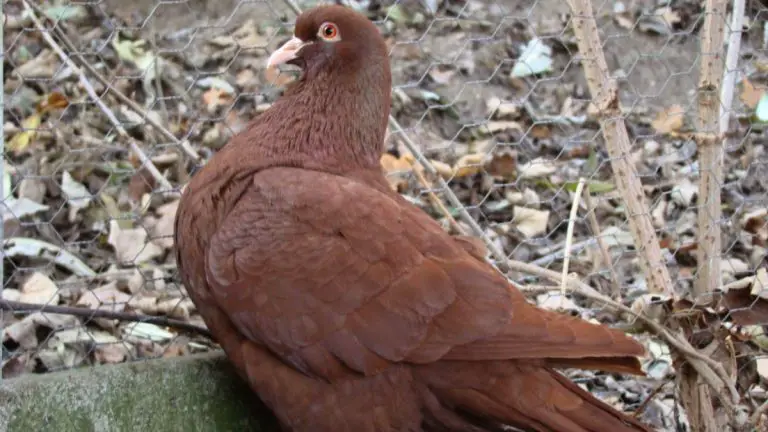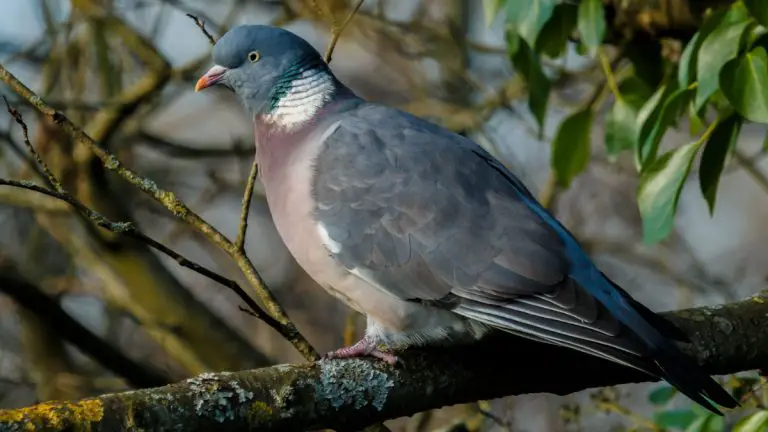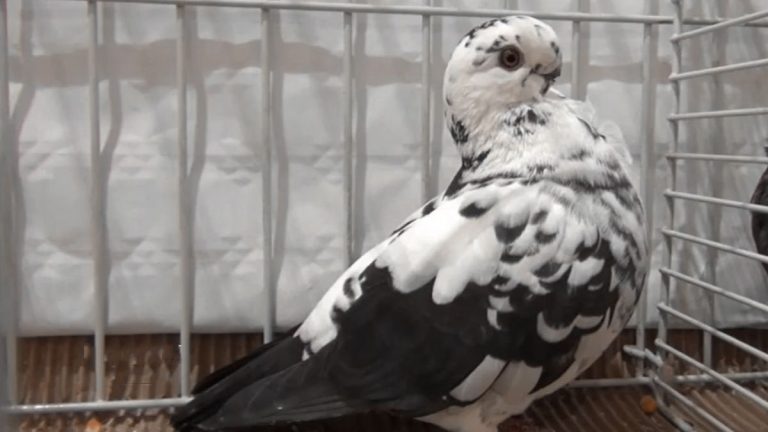Serbian Highflyer Pigeon: Origin, Characteristics, Behavior, Care, And More
The Serbian highflyer pigeon is popular for its endurance flying capabilities. It can achieve extra-long flights of up to 15 hours. And it can soar as high as 1,500 or 4,900ft! Not only that, these birds have stunning beauty and their friendly and good temperament makes them great for raising as pets.
The following article explores more in-depth details about the Serbian highflyer pigeon. We have discussed everything from the bird’s origin and history to appearance, behavior, keeping the highflyer as a pet, and more.
Serbian Highflyer Pigeon Quick Facts:
| Scientific name | Columba livia domestica |
| Other names | None |
| Breed name | Serbian Highflyer |
| Origin | Serbia |
| Breed purpose | Flying, pets |
| Size | Small to medium |
| Weight | 170-255 grams |
| Flying ability | Excellent |
| Cost | $40 to $100 |
| Lifespan | Around 10 years |
Origin and history
Serbian highflyer traces its origin to the city of Belgrade in Serbia Yugoslavia. The bird is highly regarded in this region and has over 20,000 fanciers!
However, this pigeon is believed to be a relatively new creation as it isn’t featured in Wendell Levi’s book The Pigeon.
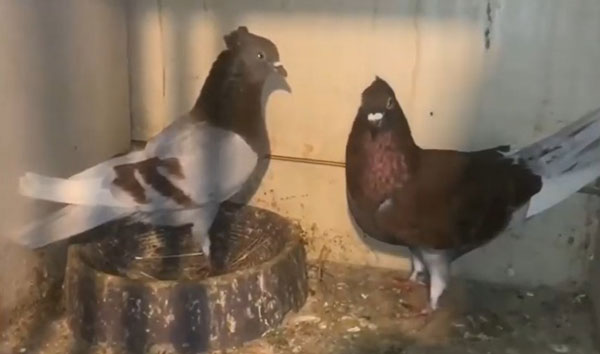
For starters, this author is considered one of the most authoritative sources on this subject. The book covers pigeon breeding history, different pigeon breeds, taking care of pigeons, etc.
This book was first published in 1941, so it confirms that the Serbian highflyer is indeed a more recent breed as it didn’t exist at that time.
Some evidence also suggests that this pigeon breed is a descendant of The Illyrian pigeon.
This simply means that the highflyer is a relative of the Archangel pigeon which features a pretty similar body type, including the crest on the head.
The bird was primarily bred for endurance flying and high-altitude flying capabilities, which draws it closer to the tippler pigeon breed.
As we hinted earlier, this bird enjoys a massive following in its country of origin where flying contests for the bird are frequently organized.
However, this breed is quite rare outside its native country Serbia. Nonetheless, it still enjoys strong devotees around the world.
Physical appearance
Serbian Highflier is small to medium and weighs approx. 170 to 255 grams (6 to 9 ounces). The bird appears pretty short and stout.
It also appears well-muscled and has a short keel. Its feathers appear tightly packed, leaving no gaps.
It has a stance angled at around 45 degrees and appears lively—as if it’s ready to take off to the skies.
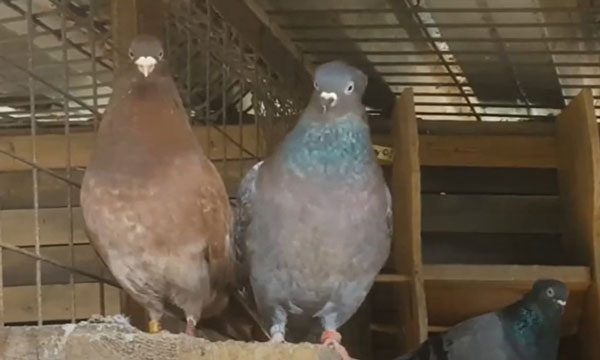
The bird’s head is narrow and long and features a pronounced flatness at the top. Its forehead angles down to line up with its beak. The crest lies flat across the back of the head, slightly reaching the head top.
Its beak is medium length, slightly curved, and angled down. The top mandible lies in line with the bird’s forehead.
The beak color appears stained for dark-colored breeds and clear for other color varieties.
Eyes of this bird are pearl and feature as less gravel as possible. Baldhead or white birds may be bull-eyed.
The neck is stout and slightly tapered from head to body. The neck length appears proportional to its body.
Serbian highflyer wings are carried above the tail tip. They’re long enough to reach the tail tip, with prominent and strong wing butts.
The bird has an overall wingspan of arum 30inches.
The tail is close and short and features pretty good webbing; up to 12 feather tails are carried off the ground.
The legs are usually reddish in color and clean (not feathered).
Serbian highflyer pigeon is available in different colors and markings. The most common varieties include black, white, silver, red, checkered, and barred.
Catch a glimpse of Serbian highflyers in their loft in the video below.
Video:
Behavior and temperament
Serbian highflyer pigeon is known for its calm and docile temperament. this makes it a suitable breed for raising as a pet.
The bird is sociable and it enjoys the company of other pigeons. As such, you can keep them in pairs or small flocks without worries about possible aggression or conflicts.
Spending time interacting with the bird and handling it regularly can also make it grow more affectionate toward you.
This highflyer is intelligent as it seems to learn quickly and even has a good memory. This explains why the bird is used in flying competitions.
It’s easy to train and responds to positive reinforcement training methods during training sessions.
Not to forget the bird is quite energetic and active. It’s an excellent flyer and can fly for prolonged hours and to high altitudes.

Diet
The primary diet for these birds should be comprised of seeds and grains as well as fresh fruits and vegetables.
We recommend getting your bird commercial pelleted foods as they come formulated to meet all the bird’s nutritional requirements.
However, they should make up around 50% of the bird’s diet and the rest should be comprised of fresh fruits and veggies.
Quality grit is also essential as it aids in digestion.
These pigeons also require clean and fresh water daily to stay hydrated.
Serbian highflyer as pets
Serbian highflyers are gentle birds with a cool temperament, making them suitable for keeping as birds.
they’re also friendly and affectionate, so they get along well with other birds in their loft.
However, you should be prepared to meet all the special care requirements for this bird if you wish to keep it as a pet.
You should accommodate the bird in a comfortable loft that’s well-ventilated and spacious enough for the flyers to fly around and exercise.
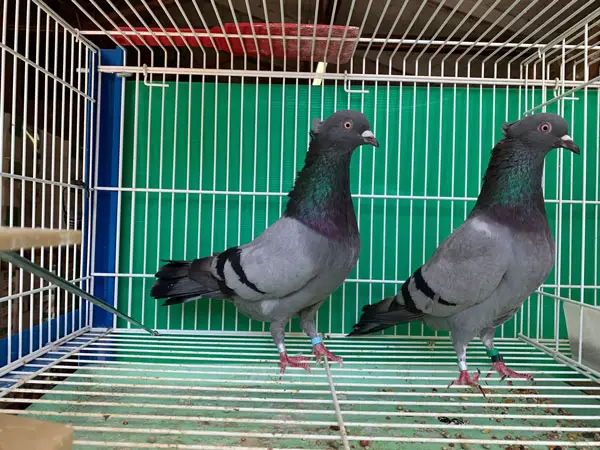
Also, keep the loft safe from elements and predators, and equip it with perches to help make your birds comfortable inside.
Don’t forget to clean the enclosure regularly to ensure hygienic living conditions and keep away diseases.
Next, you’ll need to provide your birds with a proper diet as we’ve discussed in the previous section.
And make sure you clean the birds feeding and water dishes every day for the sake of your bird’s health.
Since these birds are born great flyers and are easily trainable, you’d also want to set aside time to teach them to fly and do tricks.
To keep your bird’s health in check, take it to your vet for regular checkups. Also, if you notice signs of illnesses in your pigeon, don’t hesitate to seek a vet’s help.
With proper care and attention, these highflyer birds will stay healthy and happy and will remain good companions for years to come.
Breeding
Serbian highflyers are also good breeders. However, you can help with the breeding process by providing them with suitable nesting sites, a proper diet, and paying close attention to their breeding behaviors.
As it’s typical of other pigeon breeds, these birds usually lay up to 2 eggs per clutch.
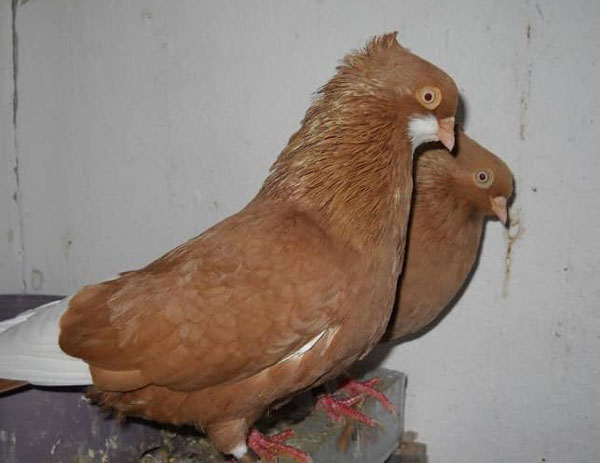
The male and female pair then take turns incubating them until they hatch into young ones.
The highflyers are attentive parents and will provide for their young ones for weeks until they’re old enough to depend on their own.
Serbian highflyer cost
The Serbian highflyer cost can range from $40 to $100. However, the price can go way up if you go for top-quality birds whose bloodline is known for exceptional performance and endurance.
The price variation can also be inflicted by the availability of this bird in your location.
Try as much as possible to get your birds from reputable breeders who are ready to provide you with helpful info about the bird such as its health, pedigree, care requirements, etc.
Lifespan
The lifespan of a Serbian highflyer is around 7 to 10 years, though some birds can live for even longer with proper care and attention.
Taking proper care of your bird is key to keeping it healthy and increasing its longevity.
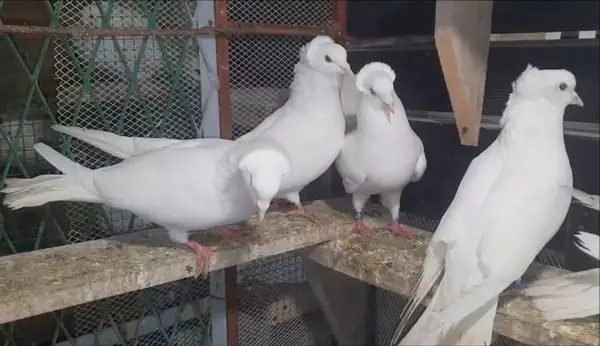
Make sure you provide your birds with suitable living conditions, feed them a balanced diet, and take them to the vet for regular checkups.
If you’re interested in learning more about different pigeon breeds, you might find our articles on Seraphim pigeons and Oriental Frill pigeons helpful. Our article on Seraphim pigeons provides an in-depth look at the breed’s characteristics, history, and care, including tips on breeding and showing. Meanwhile, our article on Oriental Frill pigeons explores the breed’s unique features and provides guidance on how to raise and care for them. Don’t forget to also check out our article on Serbian Highflyer pigeons for more information on this fascinating breed.Final Verdict
Serbian highflyer birds are naturally excellent flyers and can take to high altitudes for prolonged periods of time. They regularly participate in pigeon racing in their country of origin as well as in other parts of the world.
The birds also make good pets due to their calm and gentle temperament and friendly nature. With the tips we’ve discussed above, you should be able to take good care of your Serbian highflyers and keep them healthy for years to come.
